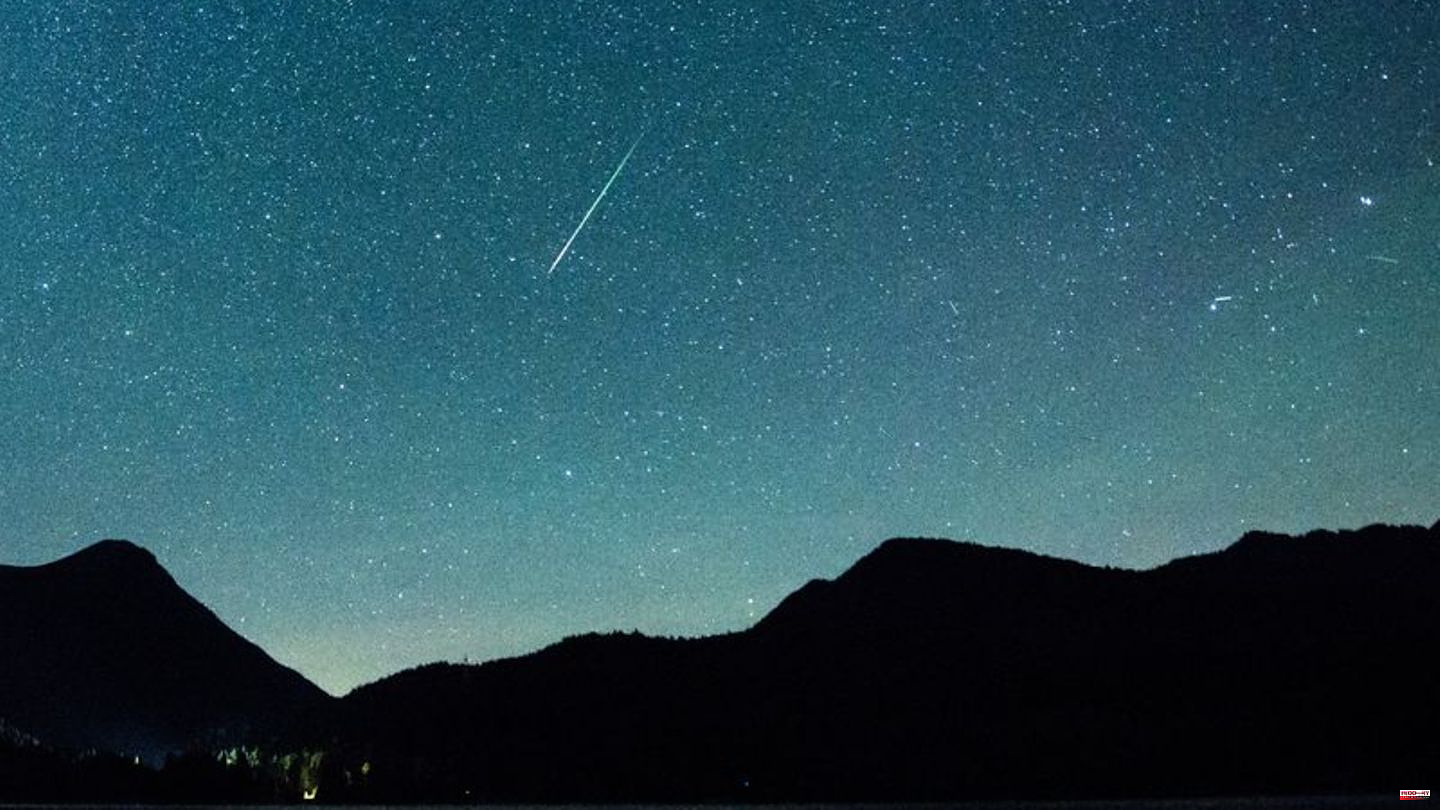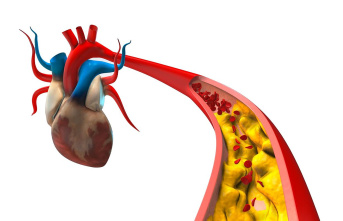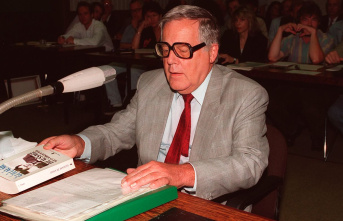With the changeover of clocks to Central European Standard Time, dusk sets in early. The giant planet Jupiter is the first bright point of light to appear in the eastern sky. In the increasing darkness, the ringed planet Saturn can also be seen in the southern sky - even if it is not as bright as Jupiter. The giant planet dominates the first half of the night, gradually withdrawing from the second half.
The third bright planet, reddish Mars appears just after 7 p.m. above the northeast horizon. Earth's outer neighbor planet is in the constellation Taurus. It becomes the planet of the entire night in the current month. At the end of November, Mars rises at half past four in the afternoon. Its brightness continues to increase sharply as Earth approaches it. The planets Mercury and Venus, which move within the Earth's orbit, do not appear in November. Only at the end of December do both appear in the evening sky.
The light from Uranus reaches Earth after two and a half hours
Uranus, far from the Sun, comes into opposition to the Sun on November 9th in the constellation Aries. The greenish planet is represented in the firmament all night. It is so faint that it can theoretically only be seen with the naked eye under extremely good visibility conditions. The planet, which was first discovered by Wilhelm Herschel in 1781, can be seen well in binoculars. At opposition we are 2795 million kilometers from Uranus. The light from Uranus reaches Earth after two and a half hours.
The gas planet takes an entire human lifetime, namely 84 years to orbit the sun once. Five major moons - Miranda, Ariel, Umbriel, Titania and Oberon - accompany him on his way. The Voyager 2 spacecraft, the only scout to fly past Uranus in January 1986, has detected more than a dozen minimoons. A total of 27 satellites of Uranus are known to date. In addition, Uranus is surrounded by thirteen rings. However, they are much dimmer and thinner than Saturn's rings, which is why they cannot be seen in terrestrial telescopes.
The fact that Uranus has apparently toppled over appears to be a curiosity. Its axis of rotation is inclined at 98 degrees to its plane of orbit. Simulation calculations at the Institute for Computational Cosmology at Durham University in England using high-performance computers have shown that in the early days of our solar system around four billion years ago, the proto-Uranus that was about to form was hit by a huge impact body that knocked it over, so to speak.
Universe is monitored
The earth was also hit by cosmic projectiles more often in the past. On average, every hundred million years, a planetoid one kilometer in diameter or larger collides with our home planet. Should such a small planet hit the earth, it would probably be the end of mankind. Therefore, the universe is monitored and countermeasures are developed. In a test mission by the US space agency NASA, the planetoid Dimorphos was recently successfully deflected in its orbit. At the end of September, NASA scientists had the "Dart" probe collide with Dimorphos.
Total lunar eclipse
The waxing crescent meets the ringed planet on the evening of November 1st. It is passing south of Saturn. Three days later, the moon will pass just south of Jupiter. The full moon phase is reached on the 8th at 12.02 in the constellation Aries. Since the moon crosses the earth's orbital plane from south to north on the same day, it is hit by the earth's shadow and a total lunar eclipse occurs. But before the moon enters the shadow of the earth, it sets in Germany. Thus, this cosmic shadow play escapes us in this country. Three days after the full moon, the waning moon meets the reddish Mars in Taurus on the border with Gemini. New moon is reached three minutes before midnight on the 23rd.
In the second half of November, the Leonids meteor shower becomes active. Maximum activity is expected on the 17th, when about 15 shooting stars per hour can be expected. The Leonids trace their origins to comet 55P/Tempel-Tuttle, which scattered debris from its nucleus, which is just under four kilometers across, along its orbit. Its orbital period around the sun is 33 years. In recent years, there have been significantly higher fall rates. Sometimes 300 and more meteors per hour were counted. The Leonids are heading in the opposite direction to Earth, which is coming towards them. They penetrate the earth's atmosphere at 70 kilometers per second, which corresponds to 252,000 kilometers per hour, and burn up. A fist-sized meteoroid creates a glaring ball of fire that shines brighter than the full moon.
Earth collides with debris cloud
Expect surprises this time. Meteorologists have calculated that in 1733 a large cloud of debris was split off from the main Leonid stream by solar wind and gravitational effects. The earth collides with this on November 18 in the early morning hours, possibly flaring up to 300 meteors every hour.
In the beginning darkness around 6 p.m. the summer constellations can still be seen. The Summer Triangle of Vega, Deneb, and Atair is high in the southern sky, while Hercules and the Northern Crown can be seen to the northwest. The gunner is holding his position to the south-west. Four hours later, at 10 p.m. standard observation time, the transition to the autumn sky is complete. Far to the south, the Autumn Quadrangle takes its place, known as Pegasus Square. The chain of stars of Andromeda joins the autumn square in the north-east, followed by Perseus with his winged shoes. To the south of Andromeda is the obtuse triangle of stars of Aries. In the east, the first winter constellations have risen with Taurus, Gemini and Orion.
Double Sun in the Northeast
High in the northeast, the bright, yellowish capella in the Fuhrmann blinks. Both with the naked eye and in a telescope you only see a single point of light. In fact, it is a double sun 42 light-years away. Both yellow giant suns orbit each other in just 104 days. They are 97 million kilometers apart, which corresponds to two thirds of the distance between earth and sun.
The sun wanders on the descending branch of its annual path and approaches the winter point, which it will reach next month. On the 22nd in the morning she enters the zodiac sign Sagittarius. A day later, in the afternoon, she changes from the constellation of Libra to that of Scorpio. She only stays in Scorpio for a week. Already on the 30th she crosses the border to Ophiuchus, the serpent bearer. The midday height of the sun will decrease by a good seven degrees, and the length of the day will shrink by one hour and twenty minutes.












